Astrophysical Phenomena of Neutron Stars
Introduction
Neutron stars are the collapsed cores of some massive stars, which have undergone a supernova explosion. They are the smallest and densest stars known to exist in the universe. Despite their small size, neutron stars have a mass about 1.4 times that of the sun. They are primarily composed of closely packed neutrons, hence the name 'neutron stars'.
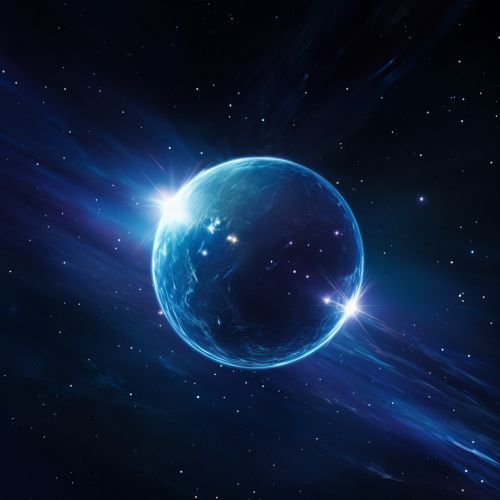
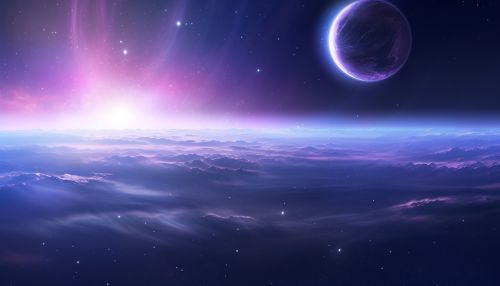
Formation
Neutron stars are formed from the remnants of massive stars following a supernova explosion. When a star with a mass greater than about 8 solar masses exhausts its nuclear fuel, it undergoes a catastrophic collapse. The core of the star, containing most of its mass, collapses under its own gravity to form a neutron star. The outer layers of the star are expelled in a supernova explosion. The newly formed neutron star is incredibly hot and rotates very rapidly, often several hundred times per second.
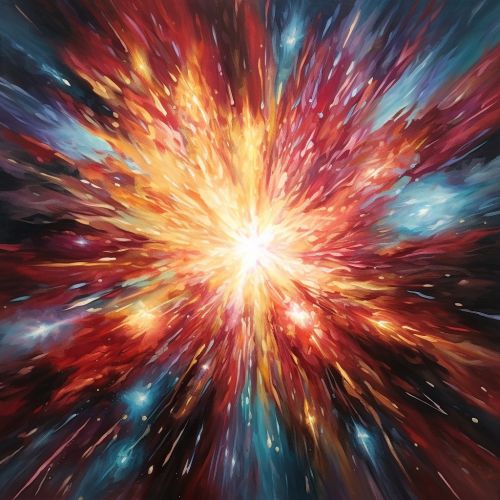
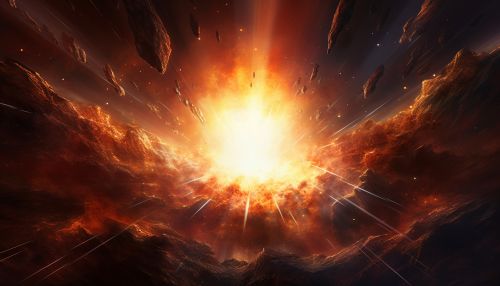
Properties
Neutron stars are incredibly dense, with a typical mass of around 1.4 times that of the sun but with a radius of only about 10 kilometers. This gives them a density of around 3.7×10^17 kg/m^3. For comparison, a sugar-cube-sized amount of neutron-star material would weigh about as much as a mountain.
Neutron stars also have incredibly strong magnetic fields, billions of times stronger than the strongest magnetic fields produced on Earth. These magnetic fields can accelerate particles to near the speed of light, creating beams of radiation that sweep across the sky as the star rotates.
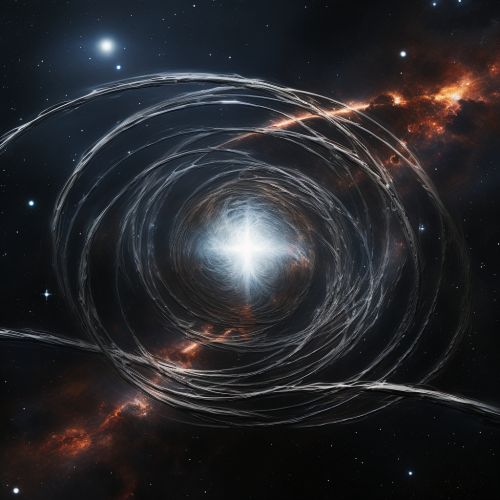
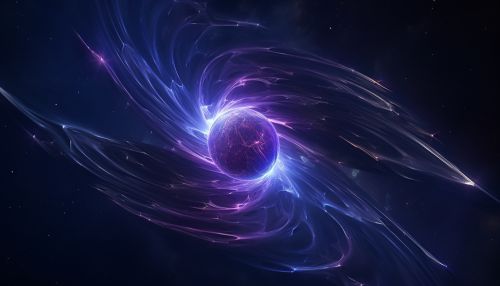
Types of Neutron Stars
There are several different types of neutron stars, classified by their properties and the way they emit radiation.
Pulsars
Pulsars are a type of neutron star that emit beams of radiation from their magnetic poles. As the star rotates, these beams sweep across the sky, creating a pulsing effect. The first pulsar was discovered in 1967 by Jocelyn Bell Burnell and Antony Hewish.
Magnetars
Magnetars are neutron stars with incredibly strong magnetic fields, up to a thousand times stronger than those of typical neutron stars. These magnetic fields are so strong that they can cause starquakes on the surface of the magnetar, releasing huge amounts of energy.
Neutron Star Binaries
Neutron star binaries are systems in which two neutron stars orbit each other. These systems are important because they can produce gravitational waves, ripples in the fabric of spacetime that were first predicted by Albert Einstein.
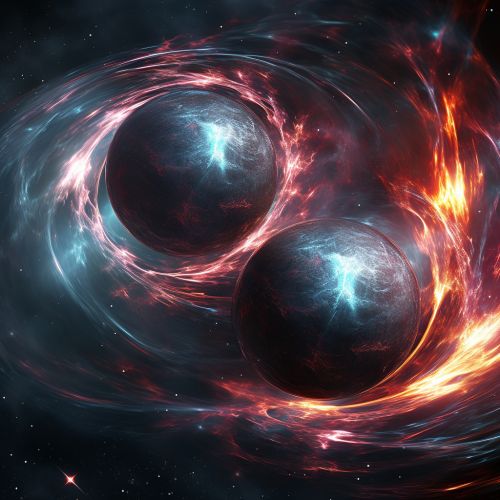
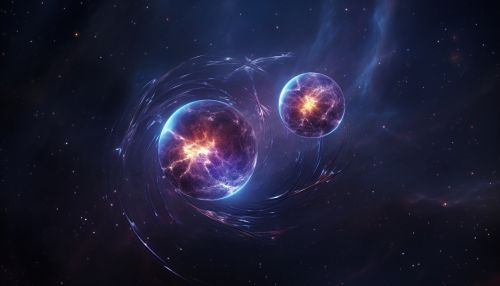
Astrophysical Phenomena
Neutron stars are associated with a number of fascinating astrophysical phenomena.
Starquakes
Starquakes are seismic events that occur on the surface of a neutron star, similar to earthquakes on Earth. They are caused by the immense magnetic fields of the star, which can cause the crust to crack and release energy.
Gravitational Waves
Neutron star binaries can produce gravitational waves, ripples in the fabric of spacetime. The detection of these waves has opened up a new way of observing the universe, allowing scientists to study phenomena that are otherwise invisible.
Fast Radio Bursts
Fast radio bursts (FRBs) are intense bursts of radio waves that last only a few milliseconds. Some FRBs have been traced back to magnetars, suggesting that these neutron stars may be a source of this mysterious phenomenon.
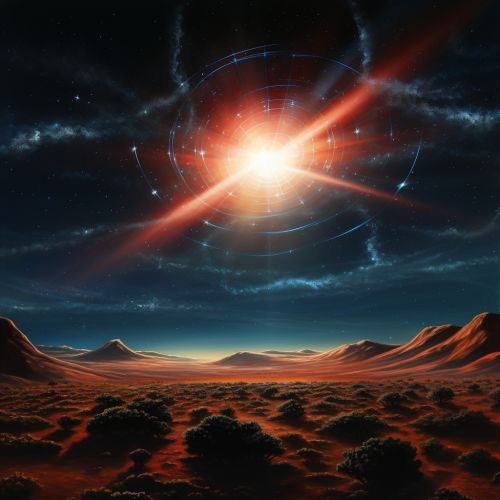
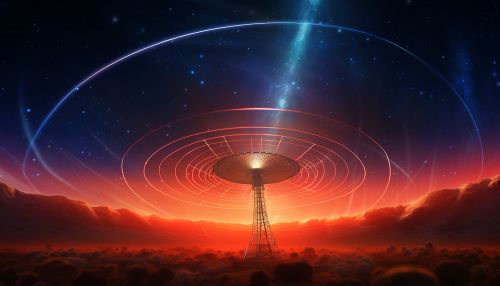
Conclusion
Neutron stars are some of the most extreme objects in the universe, with incredible densities, powerful magnetic fields, and fascinating astrophysical phenomena. Their study provides valuable insights into the nature of matter under extreme conditions, the life cycles of stars, and the behavior of gravity.
